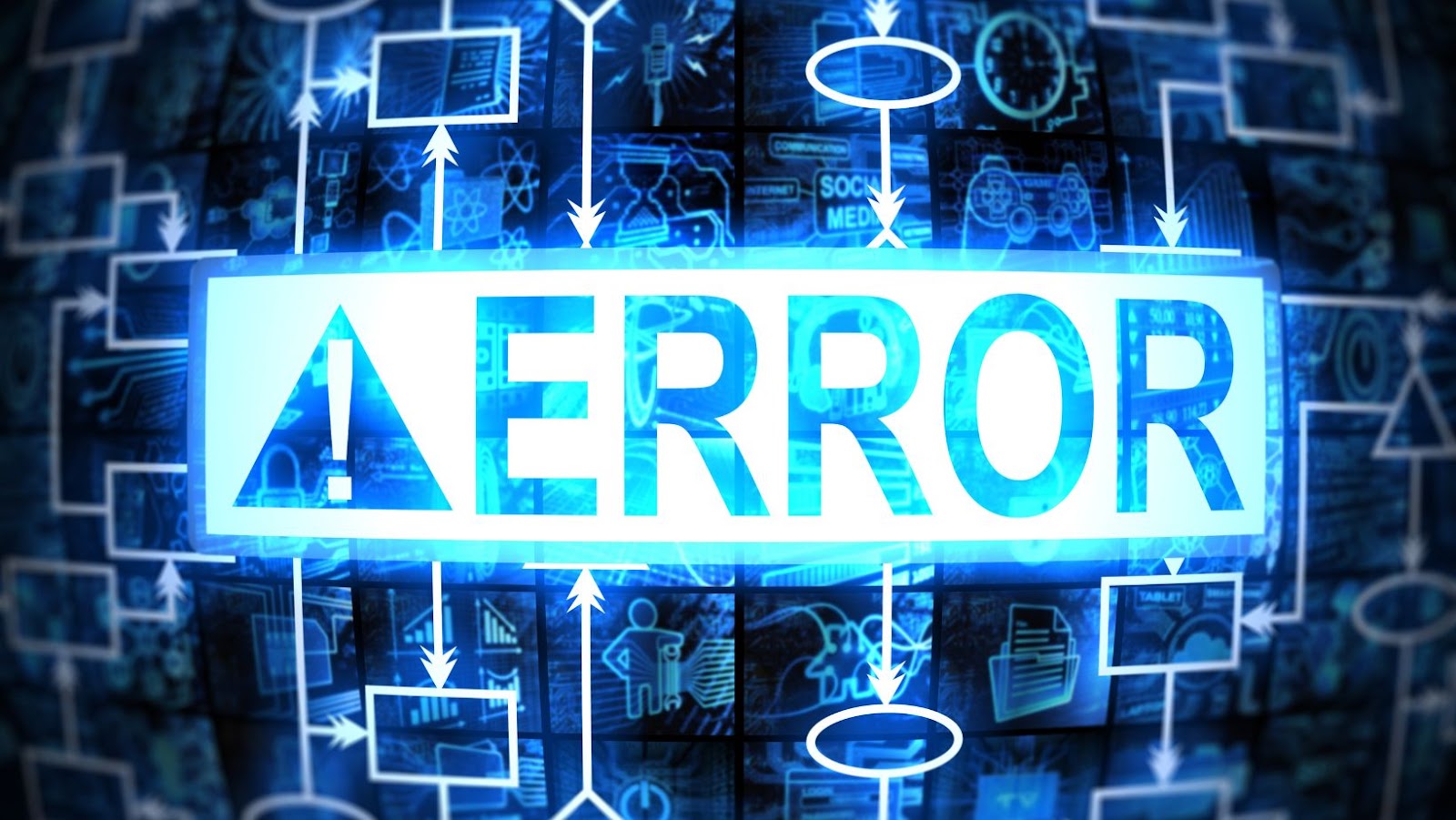Unfortunately, no computer is flawless. Macs are great machines, built to last. But they are not immune to problems related to the hardware or software. So although Macs start showing error codes after it has been used for a while, encountering such issues is inevitable.
Sometimes, you may see error messages on the screen like xcrun: error, your disk is an almost full error, or you can’t open the application because it is not supported on this type of Mac. Error messages are pretty self-explanatory, and you can easily understand the problem you are encountering. Therefore, you can read the message to your technician or Google the error message to resolve the issue. But error codes are difficult to understand because you are only given the code without further explanation.
You can stay prepared by knowing the different error codes you may encounter. Let’s go.
● Error Code 2003
If your device cannot install new macOS updates, you will run into the error code 2003f. Typically, this happens when users are attempting to reformat their systems through macOS Recovery but don’t have access to a stable Wi-Fi connection.
This error can be fixed by connecting to the Internet through Ethernet instead of Wi-Fi. You can also connect to a stable Wi-Fi connection offering good Internet speed. Then, you can run Disk Utility by choosing First Aid > Run.
You can restart your Mac if this error code persists and hold the Command + R keys when the logo appears. Then, when the macOS Utility window opens, choose Reinstall macOS and enter your Apple ID credentials. Then, follow the prompts on your screen.
These solutions work if you encounter error codes 1008f, 2100f, and 2002f.
● Error Code 8003
This error code shows up when users are trying to delete files from their system’s Trash. However, you cannot complete the action because of permission issues. You can solve this error by holding down the Option key while hitting the Empty Trash button in Trash.

This is going to force empty the Trash and remove locked files that you cannot unlock. Alternatively, you can boot your device in Safe Mode and use Terminal to find out which applications use the files you wish to delete. Then, you can close those programs to avoid the error code 8003.
● Error Code 41
This error code pops up in various operations and applications. Typically, it is accompanied by messages like can’t load the Finder error memory full (open), or the file won’t fit (load). The error indicates that some hardware or software on your Mac is not updated. This error code also pops up when a directory or system file is harmed by malware or corrupted.
You can fix this error code by updating the software or uninstalling the software entirely and then reinstalling it. You can also update your system to the latest macOS version to resolve this issue. Check your system for viruses or malware and clean out the cache and junk files to solve this error code. Then, you can start checking for updates because the solution might be that simple.
● Error Code 49168
Error code 49168 occurs when users are trying to partition a disk. This error is less common nowadays because systems have startup disks that are formatted as AFPS. These use containers instead of partitions.

However, if you encounter this error code, you may need to use a third-party disk repair tool to resolve it.
● Error Code 500
Error code 500 is related to the Mac App Store. It occurs when you try to download an application for the first time or the App Store attempts to download an update. It might be caused because of an issue with the purchase, like incorrect payment details. In most cases, the problem is within the App Store itself.
You can fix the issue by signing out of iCloud and then signing back in. In addition, you can reset the App Store settings to solve the issue.
● Error Code 100092
Error code 100092 is a random error that may occur when you are trying to take screenshots, download files, or trying to open or close files. First, fix the error by updating macOS and your apps. Then, restart your system to fix the problem.
Mac Error Codes are Warnings; Pay Heed to Them!
Error codes on Macs are not death sentences. Instead, they pop up to warn users that something is wrong. It doesn’t mean that your Mac is broken and you need to get a new system. You just need to address the issue and solve it.
Most of the error codes are easy to fix, and if you cannot solve it yourself, call the technician and mention the codes to them. They will be able to identify and rectify the issue as quickly as possible.


More Stories
Developing DApps: A Brief Primer on Building Decentralized Applications Today
Voice data is the key to unlocking the power of artificial intelligence
Deepgram’s technology has the potential to revolutionize the speech recognition industry